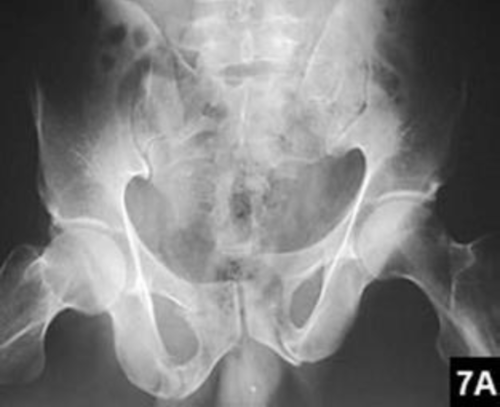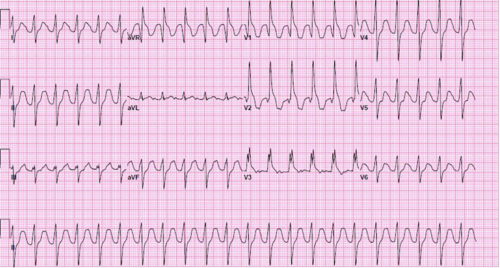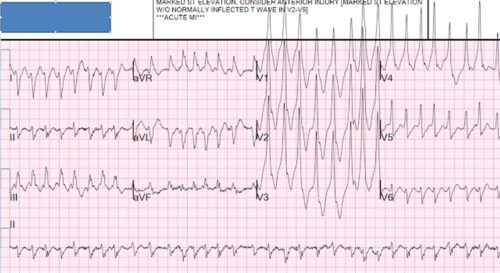
Findings
- Intranasal topical TXA is associated with a lower rate of need for anterior nasal packing and a shortened stay in the ED
Bottom line
- Topical TXA for epistaxis is slowly gaining traction despite recent negative study (NoPAC)
- This RCT fits author’s own experience- ineffective for posterior bleeding, delayed presentations or traumatic epistaxis, but no harm and better tolerated than balloon tamponade device (RapidRhino etc)



